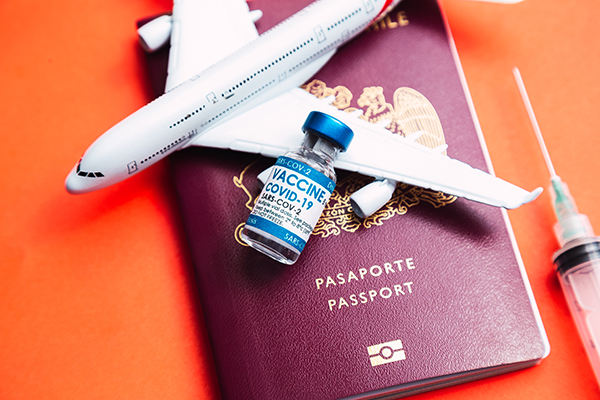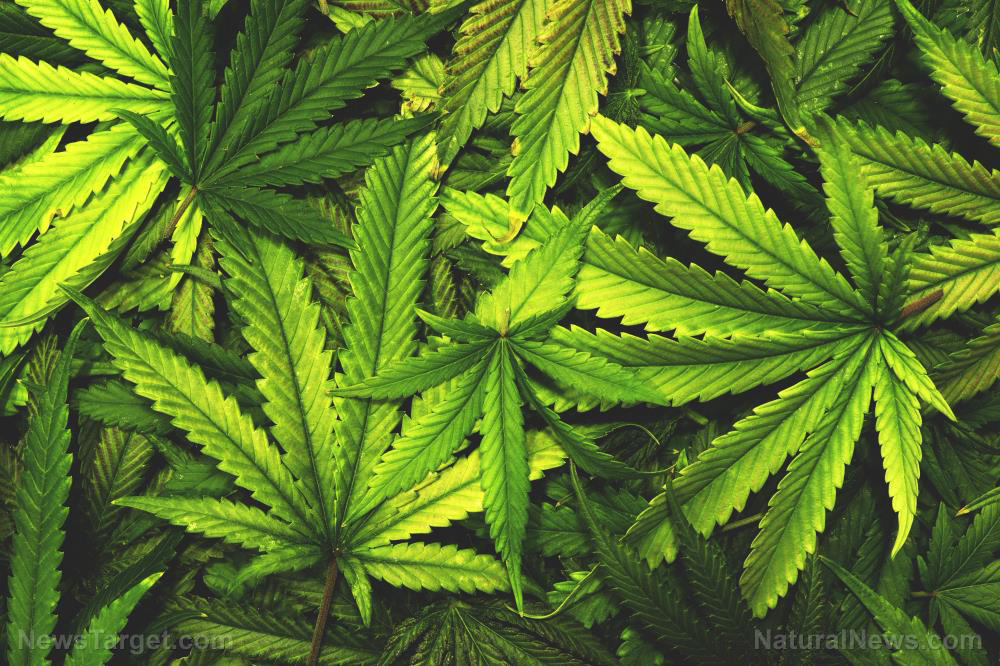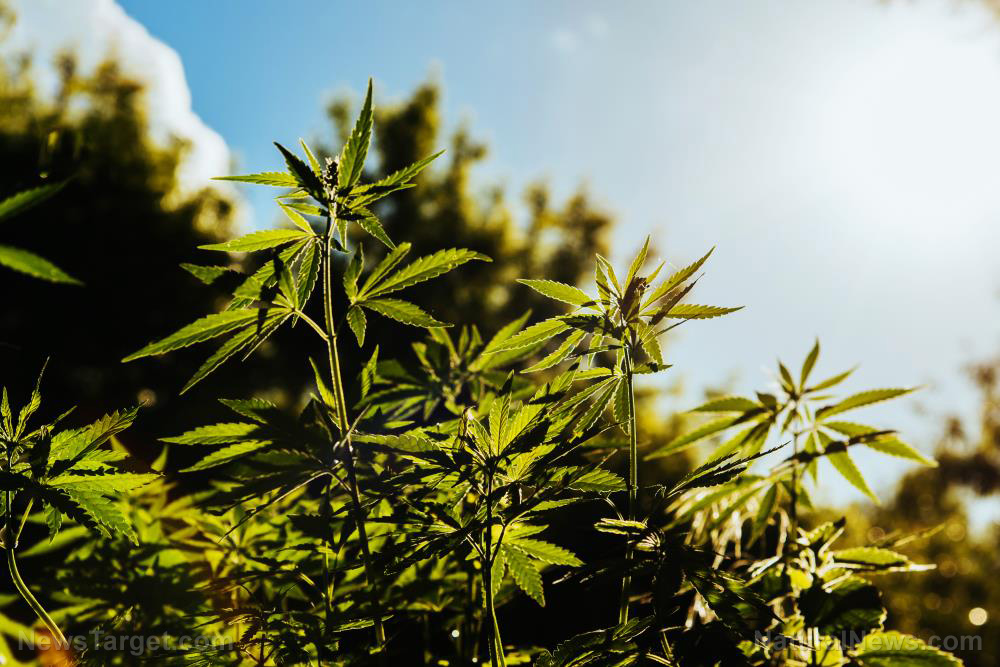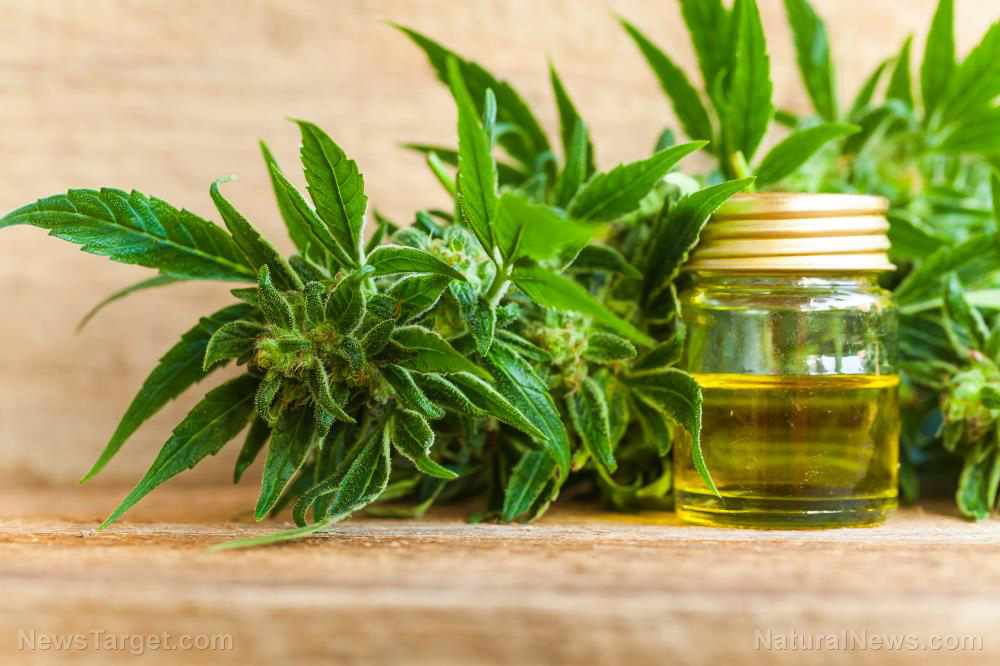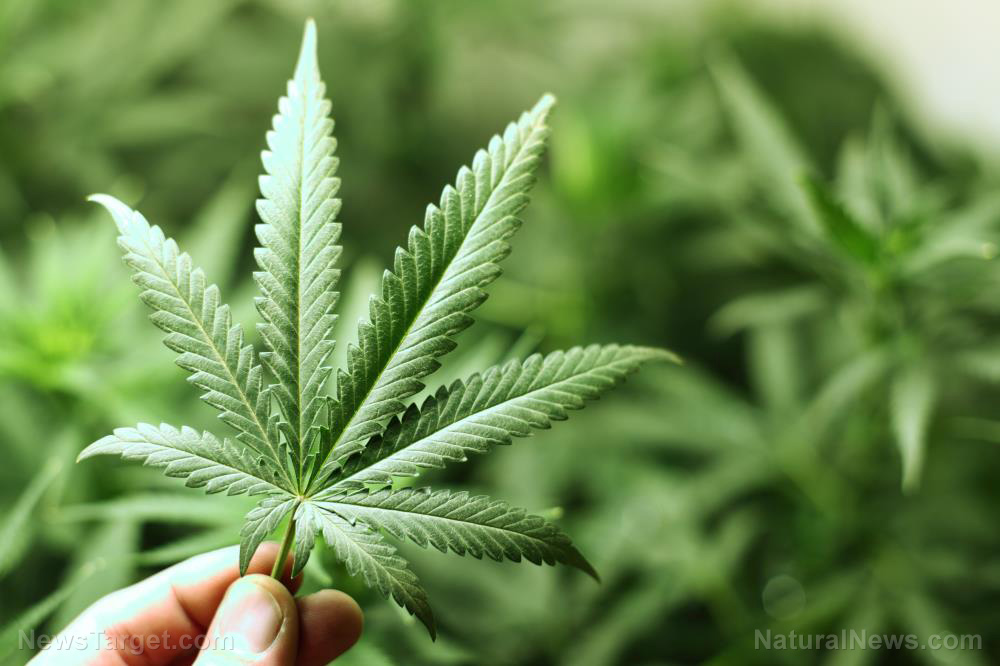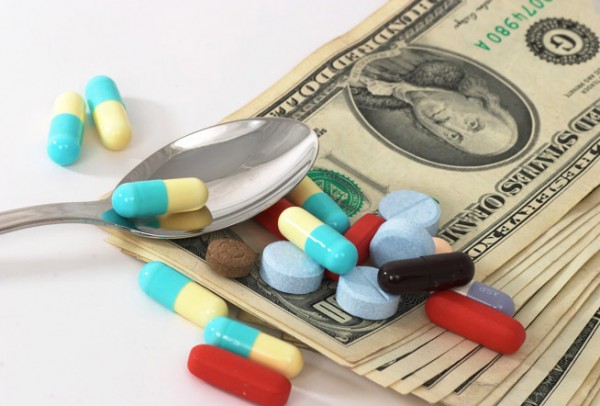
That’s right; the guys in the pharmaceutical labs are so desperate to develop a drug that delivers the same therapeutic benefits as cannabis – under their own exclusive money-making patent, of course – that they don’t mind if a few people die along the way.
That’s what happened last year in France, when a clinical trial involving a synthesized laboratory drug designed to stimulate the body’s endocannabinoid receptor system left six people hospitalized, one of whom was later declared brain-dead.
The pharmaceutical industry has long been in the business of isolating or synthesizing the active ingredients of medicinal plants and patenting the resulting drugs so that huge profits can be made, and they often look to governments to aid them in obtaining exclusive rights and eliminating competition.
From True Activist:
“[W]hen government-connected industries wish to shut out their competition, which in this case is a plant, they lean on the state’s ability to stifle competition through claiming a right to the intellectual property behind a particular set of ingredients – otherwise known as a patent.
“Since no one can patent a wild plant, pharmaceutical industries turn to their labs and chemistry to recreate nature.”
But to reproduce the wide-ranging and nearly-miraculous therapeutic properties of cannabis in a laboratory is no simple task. The effects of cannabis on the human body are very complex, and there are many active compounds contained within the plant.
Scientists have only recently discovered what is called the endogenous cannabinoid system (ECS), and it’s the key to how and why cannabis works so well to alleviate pain and even cure many illnesses.
From Reset.me:
“Cannabis medications work so efficiently because of the endocannabinoid (EC) system, present in all humans and many animals as well. This system consists of a series of receptors that are configured only to accept cannabinoids, especially tetrahydrocannabinol (THC) and cannabidiol (CBD).” (RELATED: See more news about cannabidiol at CBDs.news)
The way this system works is just beginning to be understood, and the death and hospitalizations that occurred as one drug company rushed to test its own lab-based synthetic ECS stimulant is a testament to the fact that we simply don’t understand the endogenous cannabinoid system well enough yet to begin subjecting humans to experimental drugs designed to affect it.
What we do know, however, is that the “whole” cannabis plant delivers all of the therapeutic benefits, without any dangerous side effects.
That fact scares the hell out of the pharmaceutical industry, because they are seeing people discarding pain pills and other drugs in favor of a natural remedy that costs nothing to grow.
That’s also why Big Pharma is continuing to put pressure on the government to keep marijuana classified as a dangerous drug and to stifle research into the use of the natural plant as opposed to dangerous, government-approved chemical drug research and development.
Fortunately, the prohibition of marijuana is failing. As more and more studies confirm the therapeutic benefits of the plant itself, and the old attitudes and stigma regarding marijuana begin to fade into the past, it will be difficult to continue convincing the public that the plant should be outlawed and that only government-approved chemical cannabis substitutes should be made available.
But the battle isn’t over yet. We, as citizens, must continue to demand the right to have access to cannabis and to be able to grow it at home. Until the federal government completely legalizes marijuana and removes it from the list of controlled substances, the fight isn’t over.
Big Pharma’s chemical version of cannabis is not an acceptable substitute for the real thing.
Sources:
Please contact us for more information.















